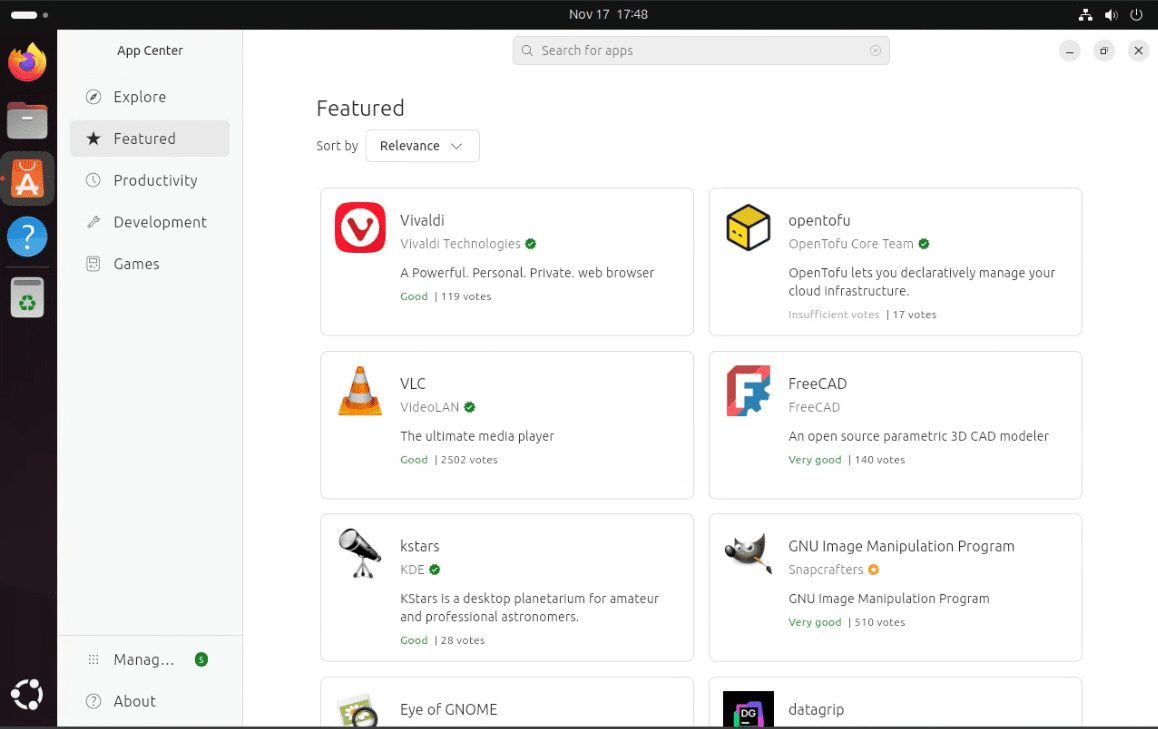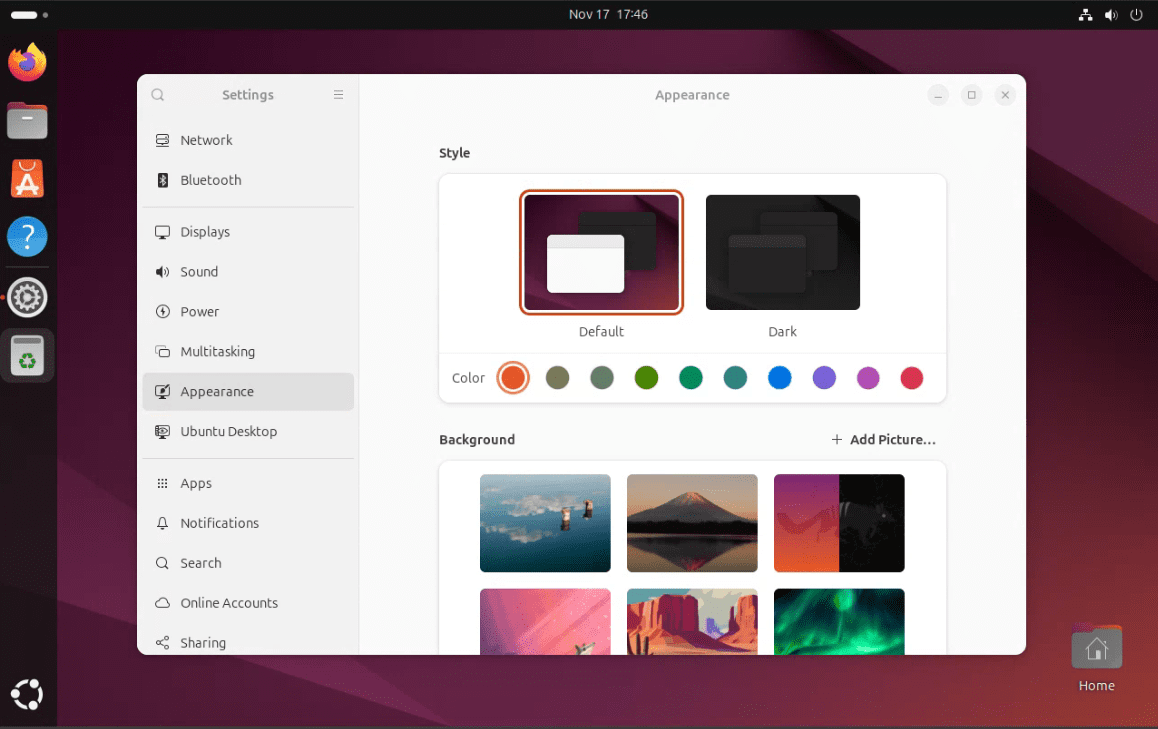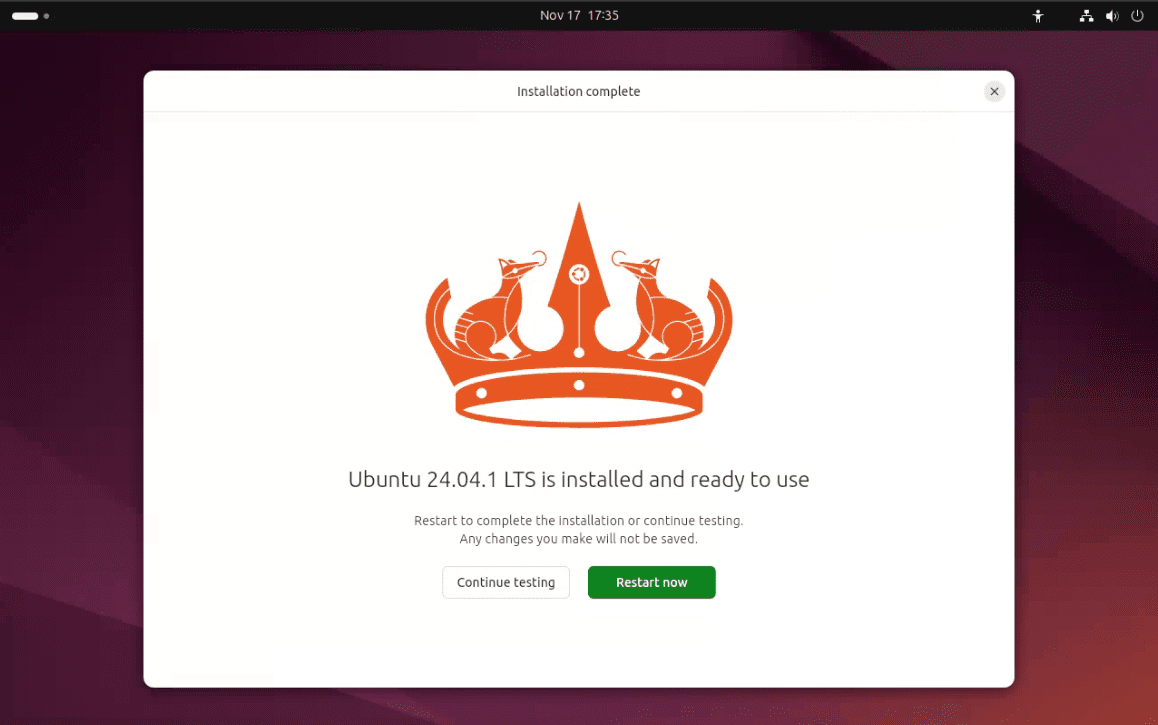Linux has been around for decades, powering everything from supercomputers to smartphones. Yet, despite its ubiquity, myths and misconceptions about Linux abound. Let’s tackle ten of the most common myths surrounding Linux and debunk them with facts and examples.
Myth 1: Linux is Only for Geeks and Programmers
The Claim:
Linux is often portrayed as an operating system for tech-savvy individuals who can write code in their sleep.
The Reality:
While Linux started as a platform for developers, modern distributions (distros) cater to users of all technical levels. Take Ubuntu, Linux Mint, or Zorin OS, for example. These distros offer user-friendly interfaces, graphical installers, and app stores similar to those on Windows or macOS.
Demonstration:

VLC Media Player Installation on Ubuntu
To install an application on Ubuntu:
- Open the Ubuntu Software Center.
- Search for an app, like “VLC Media Player.”
- Click Install—no terminal required.
Linux also provides out-of-the-box functionality. Plug in your printer, and chances are it’ll work without needing extra drivers—how’s that for user-friendliness?
Myth 2: Linux Has No Software
The Claim:
Linux lacks popular applications, making it impractical for everyday use.
The Reality:
While some proprietary software like Adobe Photoshop isn’t natively available, Linux boasts a rich ecosystem of powerful alternatives:
- Photo Editing: GIMP, Krita
- Office Suite: LibreOffice, OnlyOffice
- Video Editing: Kdenlive, DaVinci Resolve (yes, it has a Linux version!)
- Web Browsing: Firefox, Chrome, and Edge

Ubuntu Software Center apps
Additionally, tools like Wine and Proton enable running many Windows applications and games. Steam’s Proton has revolutionized gaming on Linux, with titles like Cyberpunk 2077 and The Witcher 3 running seamlessly.
Myth 3: Linux Is Command-Line Only
The Claim:
To use Linux, you must master the terminal.
The Reality:
While the command line is a powerful tool, you don’t need to use it for day-to-day tasks. Modern Linux desktop environments like GNOME, KDE Plasma, and XFCE provide intuitive graphical interfaces that rival Windows or macOS.
Demonstration:
In Ubuntu, customizing your desktop is as simple as:
- Right-clicking the desktop and selecting Change Background.
- Changing appearance, icons, and layouts with just a few clicks.

Changing Appearance on Ubuntu Desktop
That said, knowing a few terminal commands can enhance your experience. For example, updating your system:
sudo apt update && sudo apt upgrade
But it’s not mandatory.
Myth 4: Linux Isn’t Secure and Is Prone to Viruses
The Claim:
Linux security is a myth, and viruses can target it just like any other OS.
The Reality:
Linux’s architecture and permissions model make it inherently secure. For example:
- Users don’t have root access by default. This limits the damage malware can cause.
- Most software is installed from secure, verified repositories, reducing exposure to malicious downloads.
- Regular updates patch vulnerabilities swiftly.
Real-World Example:
The open-source nature of Linux means vulnerabilities are often discovered and fixed faster than in proprietary systems. According to a 2023 report by CVE Details, Linux had fewer critical vulnerabilities than Windows.
While no system is invulnerable, Linux’s security track record is strong. Adding tools like ClamAV or configuring a firewall with UFW adds an extra layer of protection.
Myth 5: Linux Is Hard to Install
The Claim:
Installing Linux requires advanced technical skills and manual configuration.
The Reality:
Linux installation has never been easier. Popular distributions offer graphical installers that are as simple as installing Windows or macOS.

Ubuntu Installation using GUI
Demonstration: Installing Ubuntu:
- Download the ISO from Ubuntu’s website.
- Use a tool like Rufus (Windows) or Etcher (Linux/Mac) to create a bootable USB drive.
- Boot from the USB and follow the on-screen instructions.
Most distros handle partitioning, driver installation, and even dual-boot setup for you. In under 30 minutes, you can have a fully functional Linux system.
Myth 6: Linux Isn’t Good for Gaming
The Claim:
Linux is terrible for gaming, with limited game support and poor performance.
The Reality:
This myth is outdated. Thanks to initiatives like Steam Proton, Lutris, and Wine, Linux can now handle a wide array of games, including AAA titles. Steam Deck, a Linux-powered handheld, further showcases Linux as a gaming platform.
Demonstration:
- Steam Proton enables Windows-only games like Elden Ring and Cyberpunk 2077 to run on Linux.
- Native Linux games such as Minecraft, Counter-Strike: Global Offensive, and Stellaris offer seamless performance.
- Tools like DXVK and Esync ensure near-native frame rates.
Even anti-cheat systems like Easy Anti-Cheat and BattlEye are increasingly Linux-compatible, expanding multiplayer gaming options.
Myth 7: Linux Doesn’t Support Hardware Well
The Claim:
Linux lacks drivers for common hardware, making it unusable on modern devices.
The Reality:
Modern Linux kernels support a vast range of hardware out of the box. From GPUs to Wi-Fi adapters, most devices work without additional drivers. The open-source community also provides custom drivers for niche or legacy hardware.

Additional Drivers Installation in Ubuntu Desktop
Example:
- Plug in a printer or scanner, and Linux often recognizes it without additional software.
- AMD GPUs perform exceptionally well on Linux due to open-source drivers integrated directly into the kernel.
For edge cases, proprietary drivers (e.g., NVIDIA) can be installed easily through graphical tools like Additional Drivers in Ubuntu.
Myth 8: Linux Lacks Professional Software
The Claim:
Linux isn’t suitable for professionals in fields like graphic design, video editing, or music production.
The Reality:
Linux offers robust tools for various professional needs:
- Graphic Design: Inkscape, GIMP, Krita
- Video Editing: DaVinci Resolve, Blender, Kdenlive
- Music Production: Ardour, LMMS, Audacity
Real-World Example:
Hollywood’s visual effects studio Pixar uses Linux for animation. Blender, a 3D modeling tool, is widely used in the industry and thrives on Linux.
Linux also excels in programming and DevOps, with tools like Docker, Kubernetes, and IDEs such as Visual Studio Code and JetBrains Rider.
Myth 9: Linux Is Only for Servers
The Claim:
Linux is strictly a server operating system and not suitable for desktops.
The Reality:
While Linux dominates the server market (think Google, Facebook, and Amazon), it’s also a fantastic desktop OS. Distributions like Pop!_OS, Fedora Workstation, and Linux Mint are tailored for desktop users with modern features like:
- Flatpak and Snap for easy software installation.
- Wayland for better graphics performance on desktops.
- Gaming optimizations like GameMode for performance boosts.
Fun Fact:
Chromebooks, powered by Linux, are popular in education and business due to their simplicity and efficiency.
Myth 10: Switching to Linux Means Ditching Windows Completely
The Claim:
Adopting Linux requires abandoning Windows and starting from scratch.
The Reality:
You don’t have to give up Windows. Dual-boot setups allow you to use both Linux and Windows on the same machine. Tools like VirtualBox or VMware enable running Windows inside Linux (or vice versa) for seamless integration.

Fedora And Windows Dual Boot Menu
Demonstration: Dual-Boot Setup:
- Install Linux alongside Windows using a distribution’s installer. Check the few resources we published earlier.
How to set up a dual boot with Pop!_OS and Windows
How to Safely Uninstall Ubuntu in a Windows Dual-boot PC
How to dual-boot Ubuntu and Fedora on your PC - During boot, select your preferred OS from the GRUB menu.
Additionally, tools like WINE let you run many Windows applications directly in Linux, bridging the gap further.
Final Thoughts
Linux isn’t just for geeks, and it certainly isn’t the daunting platform it’s sometimes made out to be. Modern distros are polished, secure, and loaded with software, making them viable for everything from gaming to office work.
Whether you’re a beginner or a power user, Linux has something to offer—no myths attached!


1 comment
Bravo! Although I was already knew some of these but it is nicely presented in this post.